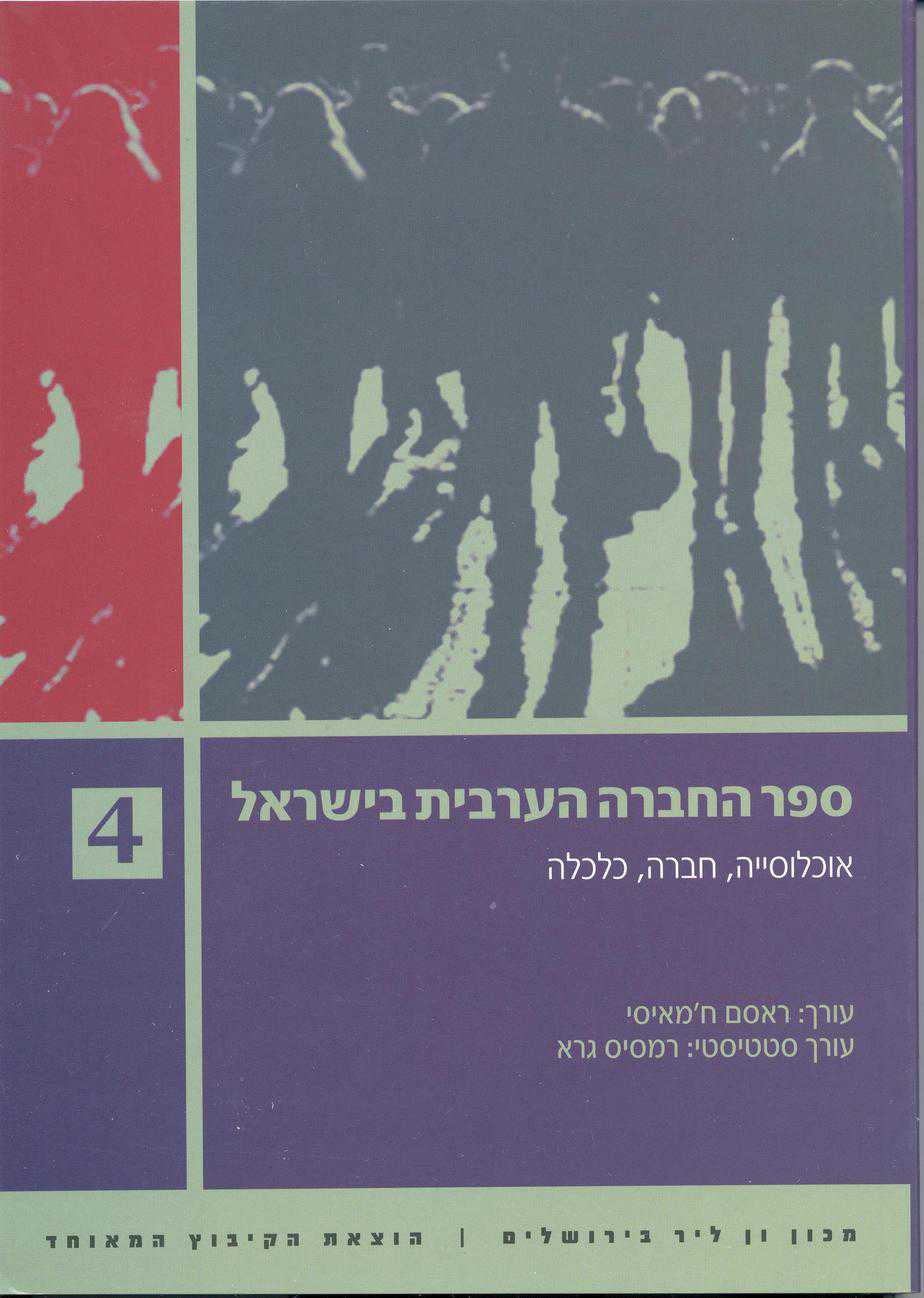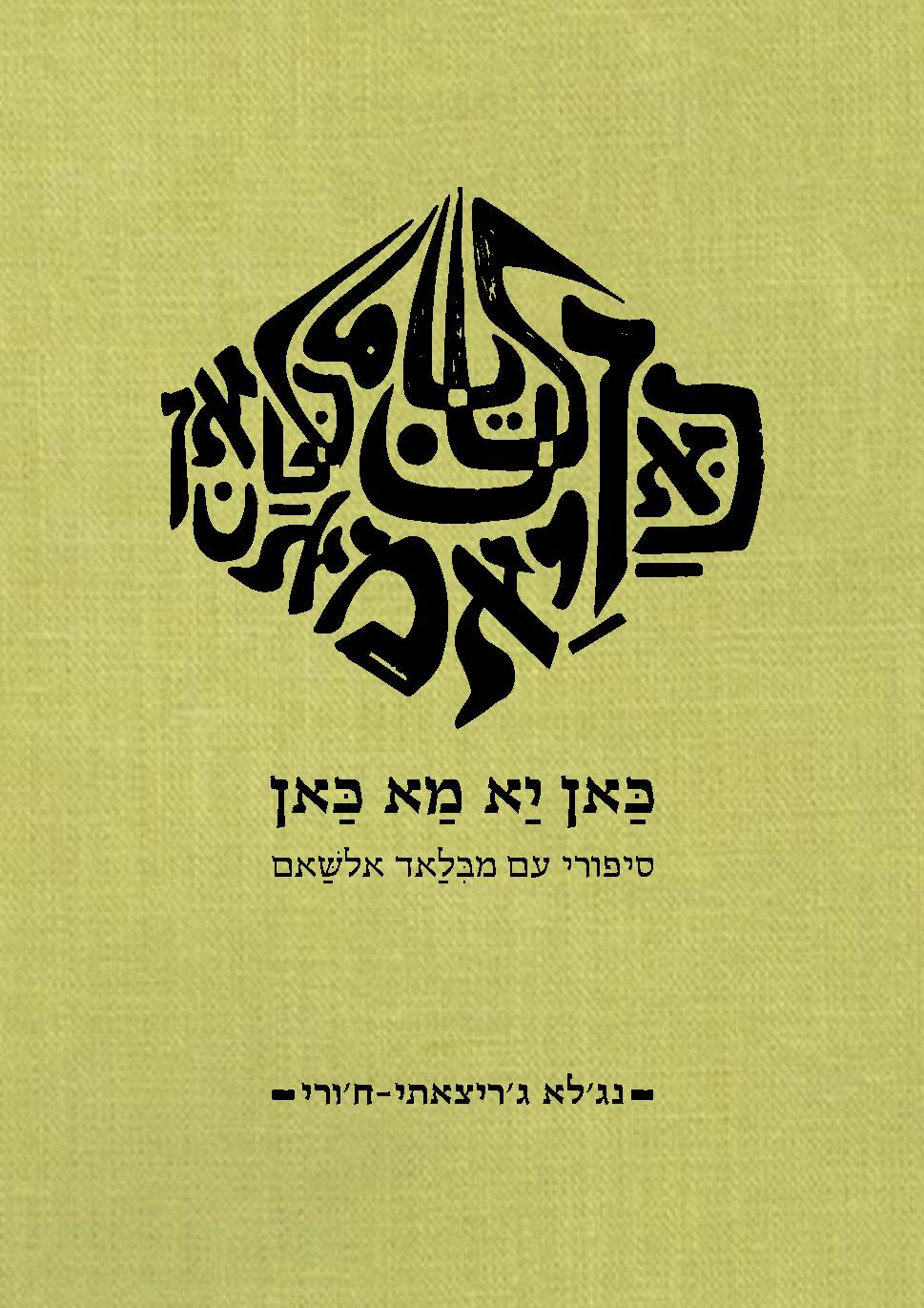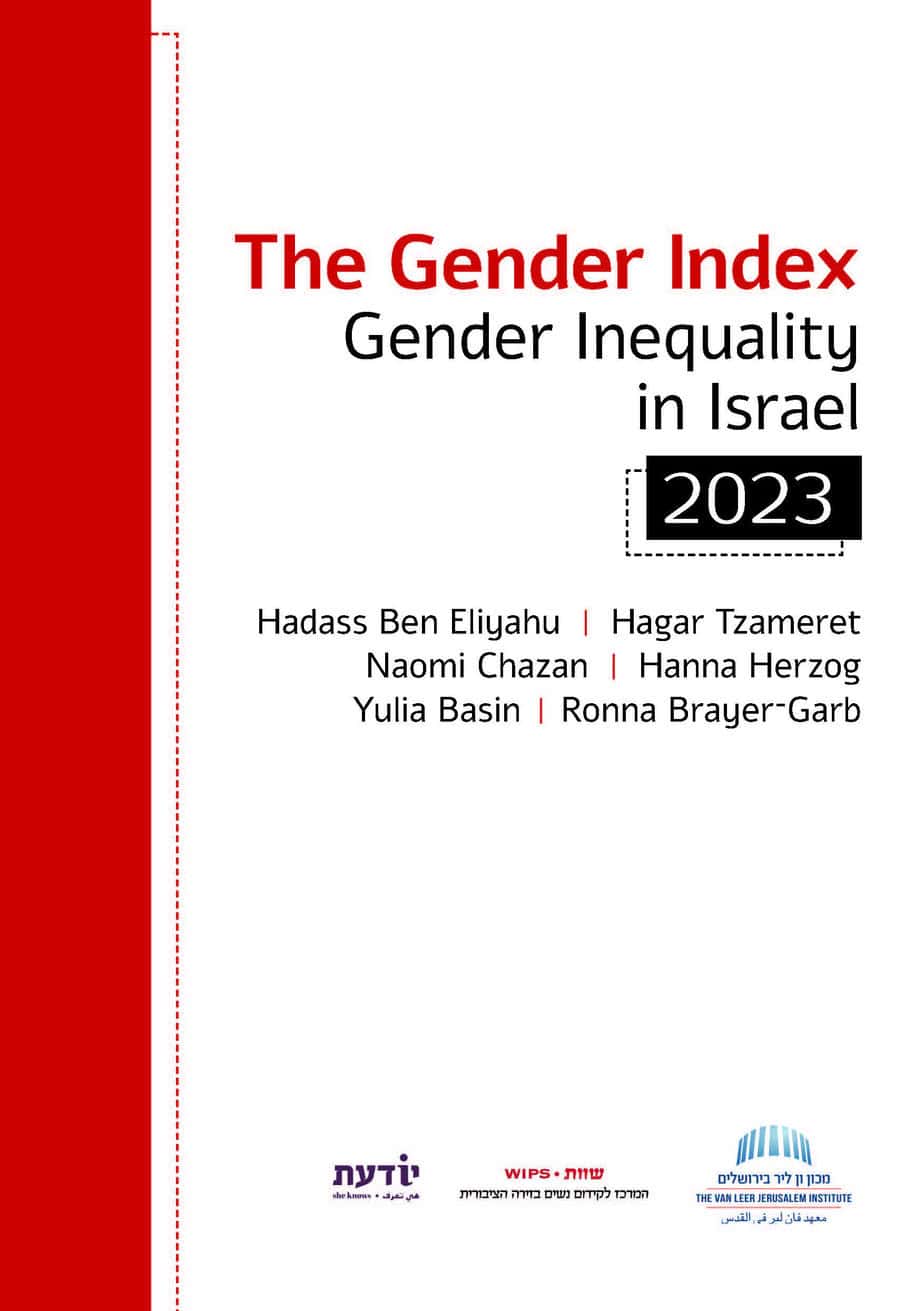Arab Society in Israel (4)
Populations, Society, Economy
| Edited by | Rassem Khamaisi |
| Publisher | Van Leer Institute Press and Hakibbutz Hameuchad |
| Language | Hebrew |
| Year of Publication | 2011 |
| Series | Arab Society in Israel: A Statistical Yearbook |
The processes and changes in the State of Israel that have taken place since its establishment have not bypassed the Arab population, which in 2011 constituted about 18 percent of the state’s citizens. The demographics of Arab citizens of Israel is a central topic of public discussion today, and its influence is very visible in spatial planning, the allotment of resources, and in other areas of public policy. The focus on demographics in public discussion has given rise to both interesting and worrisome trends of demographobia and demographic engineering, which increase the spatial and functional exclusion and segregation of the Arab population in Israel.
Like its three predecessors, Arab Society in Israel (4) combines data and information about the Arab population in Israel with a discussion of central issues relevant to that population. The novelty of this book, in contrast to its predecessors, is the focus on the demographic issue from a variety of viewpoints. The papers in the book analyze demographic processes in the Arab population and examine how the Jewish population and the judicial system relate to these processes. Arab scholars from the social and legal disciplines, headed by the geographer and urban planner Prof. Rassem Khamaisi, participated in the preparation of the book. Their work sheds light on the situation of Arab society in the complex reality of Israel at the beginning of the second decade of the 21st century.
Arab Society in Israel (4): Population, Society, Economy is a research tool of the highest order. It is intended for researchers of Arab society in Israel and also for policy-makers, media professionals, students, and all who seek greater knowledge of the Arab in society in Israel.




